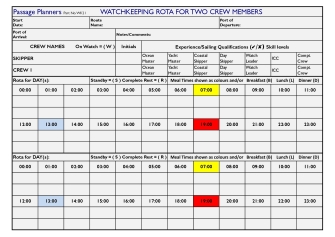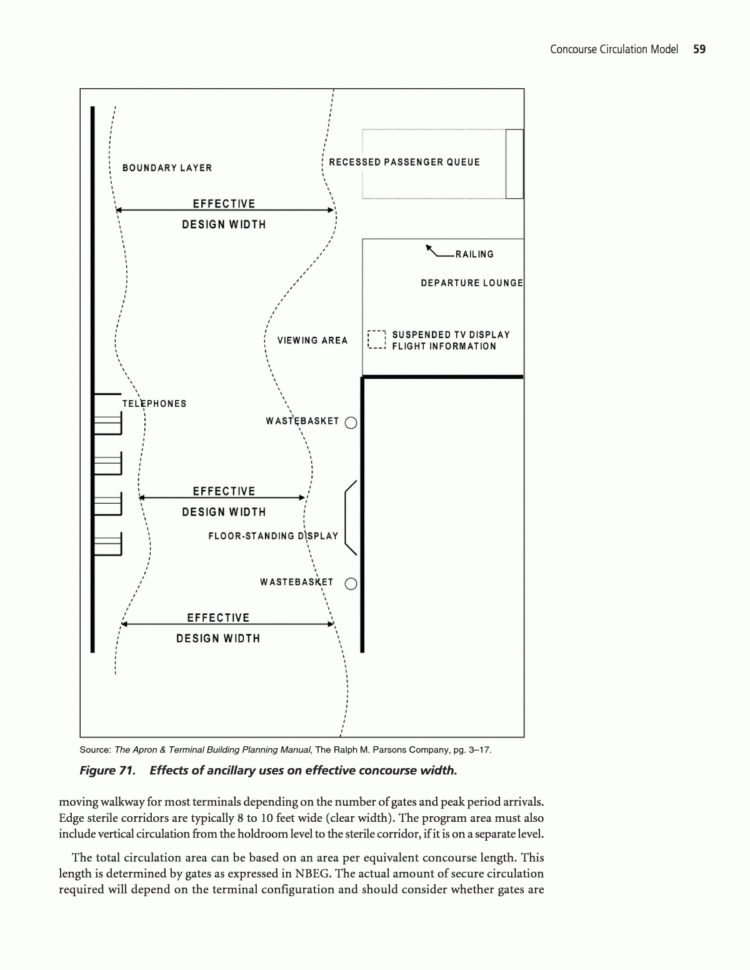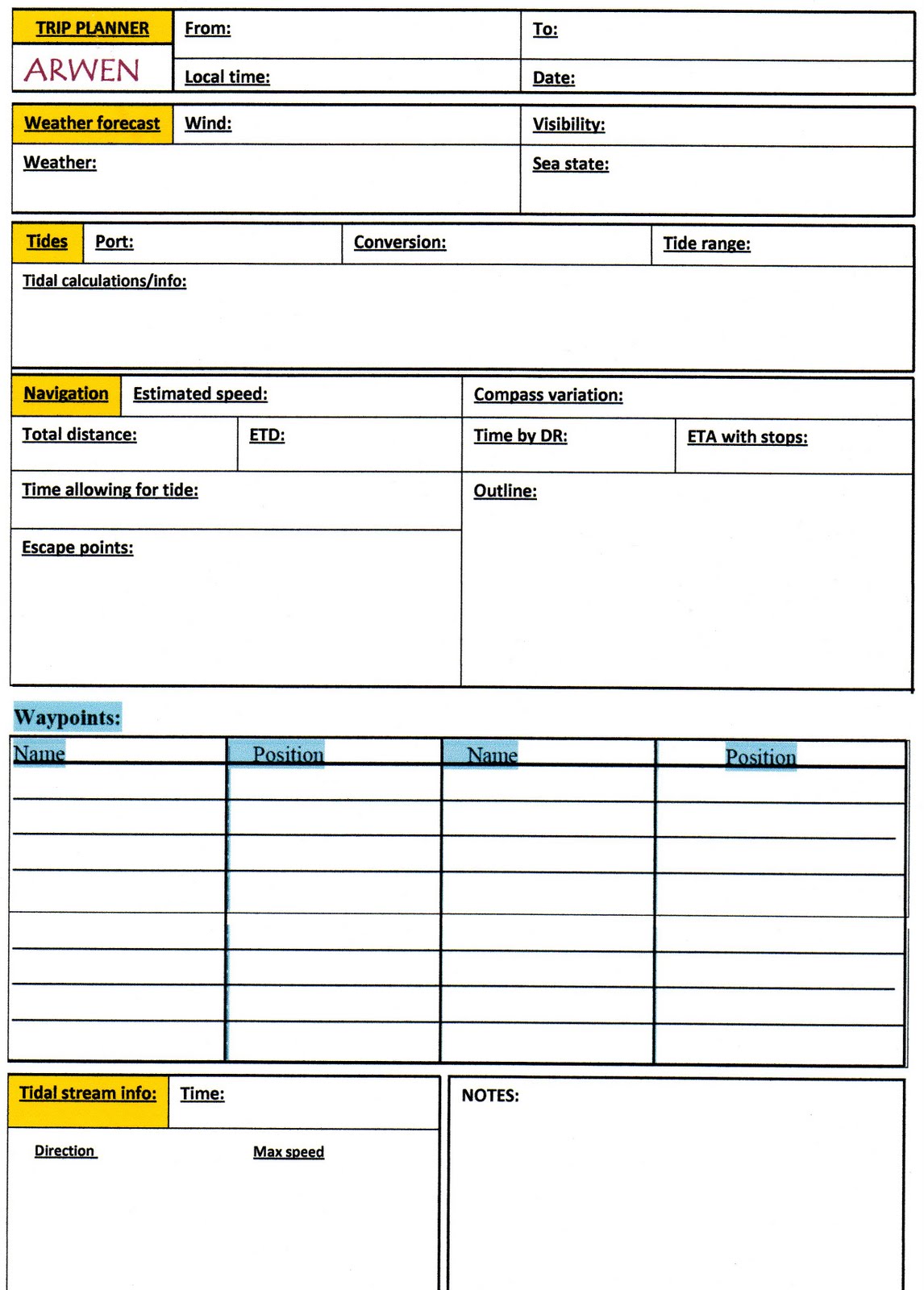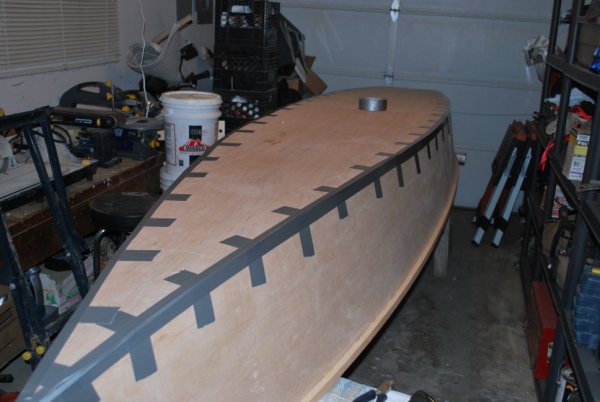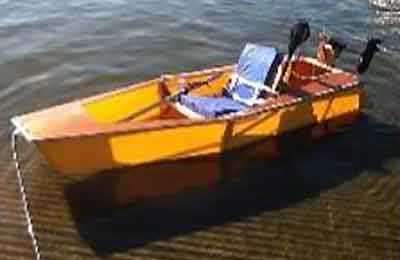Small Boat, Big Adventures: DIY Fishing Boat Guide
Small Boat, Big Adventures: Your DIY Fishing Boat Guide
The rhythmic slap of waves against the hull, the thrill of the tug on the line, the salty air filling your lungs â€" these are the joys of fishing from your own boat. But owning a fishing vessel doesn't necessitate a hefty price tag. This guide empowers you to build your dream fishing boat, transforming a weekend project into years of unforgettable adventures on the water. We'll navigate you through the process, from initial design to the final varnish, ensuring you launch your vessel with confidence.
Choosing Your Boat Design
Before you even pick up a saw, meticulous planning is crucial. Consider your budget, skill level, and intended fishing grounds. A small, shallow-draft jon boat might be perfect for calm lakes and rivers, while a more robust design is needed for offshore adventures. Research readily available plans online or purchase professionally designed blueprints. Don't underestimate this step; a well-thought-out design will simplify construction and maximize your boat's performance and safety.
Key Design Considerations:
- Boat Length and Beam: Determine the optimal size for your needs and towing capacity.
- Hull Type: Choose from various designs like flat-bottom, V-hull, or modified V-hull, each offering different stability and performance characteristics.
- Material Selection: Popular choices include plywood, fiberglass, and aluminum, each with its advantages and disadvantages in terms of cost, durability, and ease of construction.
- Power System: Decide whether you'll use an outboard motor, electric trolling motor, or even human power (paddles or oars).
Gathering Your Tools and Materials
Building a boat demands precision and the right equipment. Create a comprehensive materials list based on your chosen plans. Don't skimp on quality; investing in durable materials will pay off in the long run. Acquire the necessary tools, including power tools like a circular saw, jigsaw, and router, as well as hand tools like chisels, clamps, and measuring tapes. Safety gear is paramount; always wear appropriate safety glasses, hearing protection, and a dust mask.
Essential Tools and Materials:
- Measuring Tools: Tape measure, speed square, level.
- Cutting Tools: Circular saw, jigsaw, hand saw.
- Fasteners: Screws, bolts, rivets (depending on the material).
- Finishing Materials: Marine-grade varnish, paint, sealant.
The Construction Process: A Step-by-Step Guide
Follow your chosen boat plans meticulously. Begin with the hull construction, carefully cutting and assembling the frames and planks. Ensure accurate measurements and secure fastenings. Once the hull is complete, install the transom (if using an outboard motor) and any internal structures. Pay close attention to details like seams and joints; properly sealing them prevents leaks and strengthens the boat. Take your time; rushing this stage can lead to significant problems later.
Finishing Touches:
- Sanding and Finishing: Smooth the surfaces thoroughly before applying marine-grade varnish or paint for protection and aesthetics.
- Installing Hardware: Attach cleats, seats, and other necessary hardware.
- Motor Installation: If using an outboard motor, carefully follow the manufacturer's instructions for safe and secure installation.
Launching and Safety
Before launching your DIY fishing boat, conduct a thorough inspection for any loose parts or leaks. Perform a test run in calm waters to ensure everything functions correctly. Never venture out alone, and always wear a life jacket. Familiarize yourself with boating safety regulations in your area and carry necessary safety equipment, including flares, a first-aid kit, and a VHF radio. With careful planning and execution, your DIY fishing boat will reward you with countless hours of enjoyment on the water.






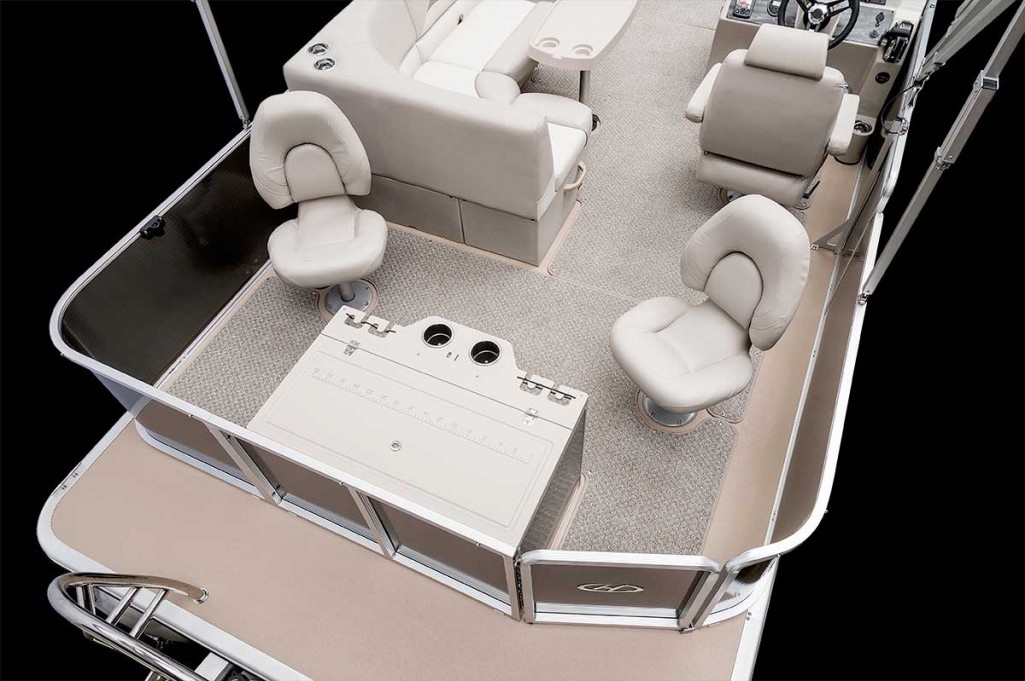





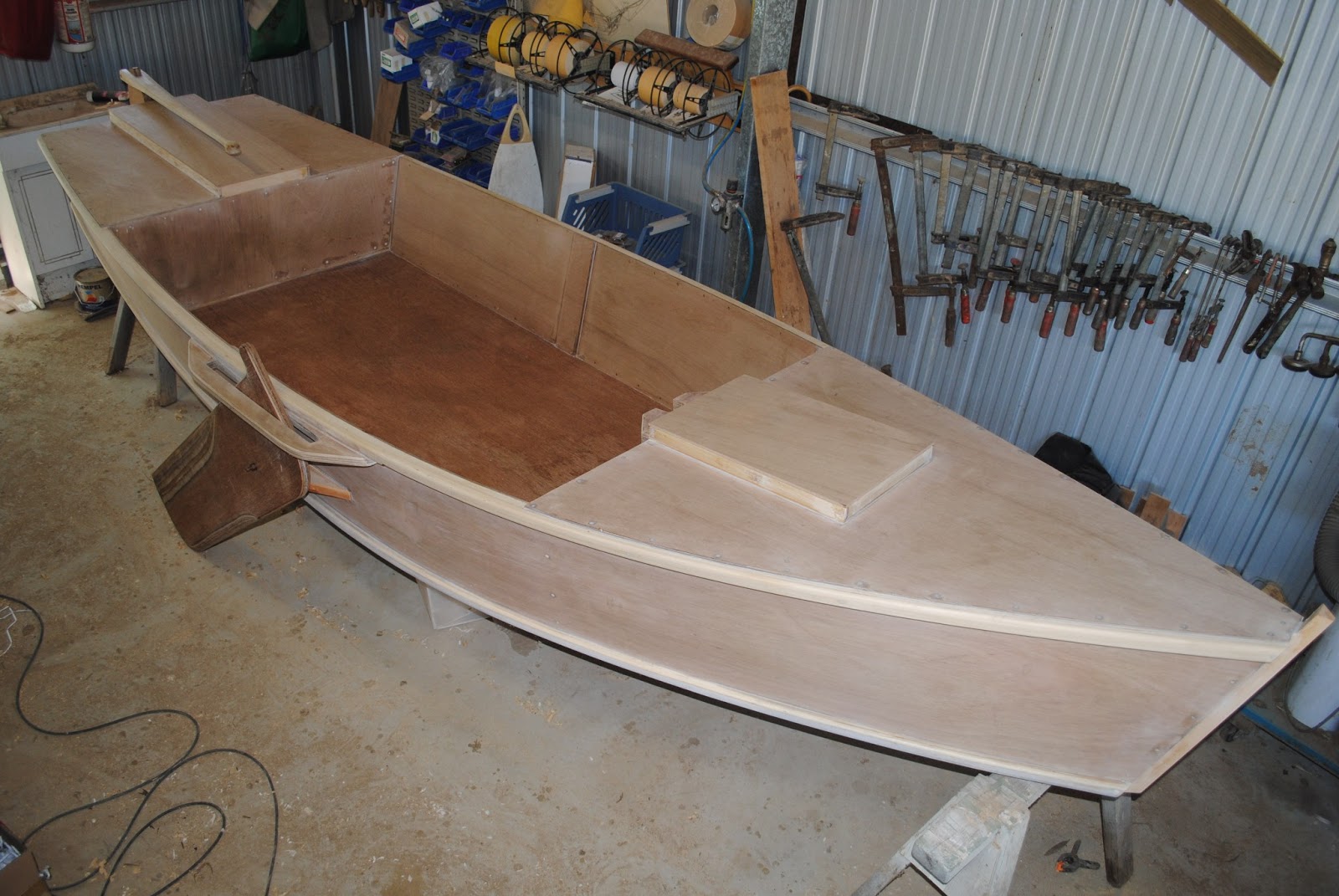
.JPG)
